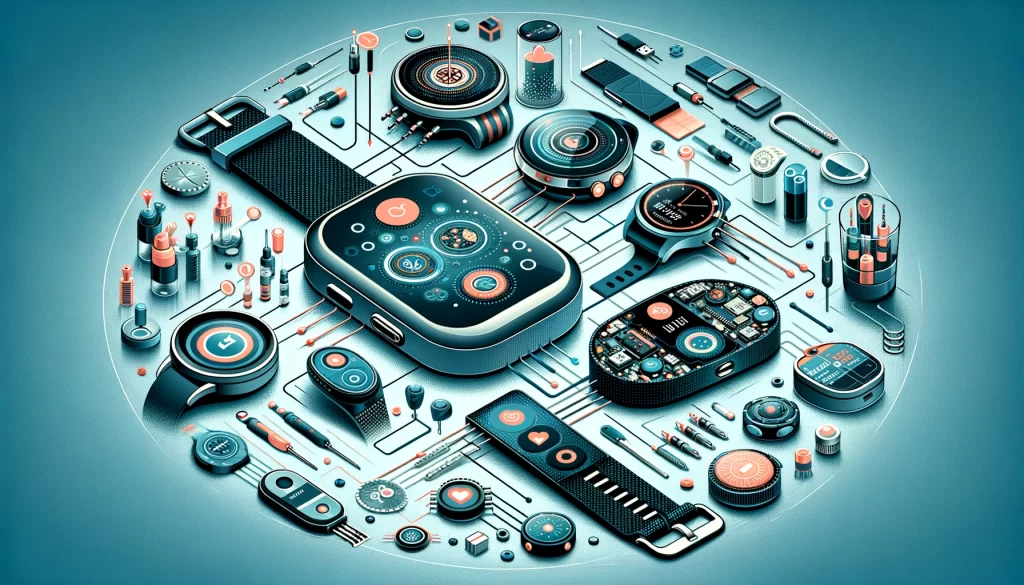Introduction
Hey there, tech enthusiasts and wearable device innovators! Today, we’re exploring a fascinating synergy: the integration of membrane switches in wearable technology. It’s an area where the sleekness of design meets the functionality of electronics, creating a new realm of possibilities.
Membrane Switches: A Perfect Fit for Wearables
Why Membrane Switches in Wearables?: Wearable tech demands components that are lightweight, flexible, and unobtrusive. Membrane switches, with their slim profile and versatility, tick all these boxes.
Enhancing User Experience: A well-designed membrane switch can make wearables more intuitive and enjoyable to use. It’s all about creating a seamless interaction between the user and the device.
Innovations in Design and Material
Flexible and Durable Materials: The development of flexible materials for membrane switches has been a game-changer. These materials conform to the ergonomic shapes of wearables while withstanding the rigors of daily use.
Compact and Lightweight: The inherent thinness of membrane switches makes them ideal for wearables where every millimeter counts.
Application in Various Wearable Devices
Fitness Trackers: In fitness bands, membrane switches offer a simple and efficient way to navigate through menus and track fitness metrics without adding bulk.
Smartwatches: For smartwatches, membrane switches provide essential functions while maintaining a sleek, modern aesthetic.
Medical Wearables: In medical wearables, reliability is key. Membrane switches ensure that devices like heart rate monitors and blood glucose trackers function accurately and consistently.
The Challenge of Integration
Balancing Form and Function: The biggest challenge lies in integrating membrane switches without compromising the wearable’s design or comfort. It requires a thoughtful balance of aesthetics, ergonomics, and functionality.
Customization for Specific Needs: Designing for wearables means considering a variety of user needs and preferences. This necessitates a high degree of customization in both design and functionality.
Enhancing Wearables with Smart Features
Haptic Feedback: Integrating haptic feedback into membrane switches in wearables can enhance user interaction, providing a more tactile and engaging experience.
Incorporating Sensors: Some wearable devices use membrane switches that are integrated with sensors to provide additional functionalities like temperature or pressure sensing.
Sustainability and Eco-Friendly Practices
Green Manufacturing: There’s a growing focus on using eco-friendly materials and processes in the production of membrane switches for wearables, aligning with the global push towards sustainability.
Looking Ahead: The Future of Wearables and Membrane Switches
Advancements on the Horizon: As technology progresses, we can expect to see even more innovative uses of membrane switches in wearables. This includes thinner designs, more advanced materials, and integration with emerging technologies.
Customization and Personalization: The future of wearables will likely focus on personalization, where users can customize not just the functionality but also the look and feel of their devices.
Conclusion
The convergence of membrane switches and wearable technology is an exciting frontier in the world of electronics. It’s where cutting-edge innovation meets practical, user-friendly design. As we move forward, the potential for creating more interactive, comfortable, and functional wearable devices is immense.

